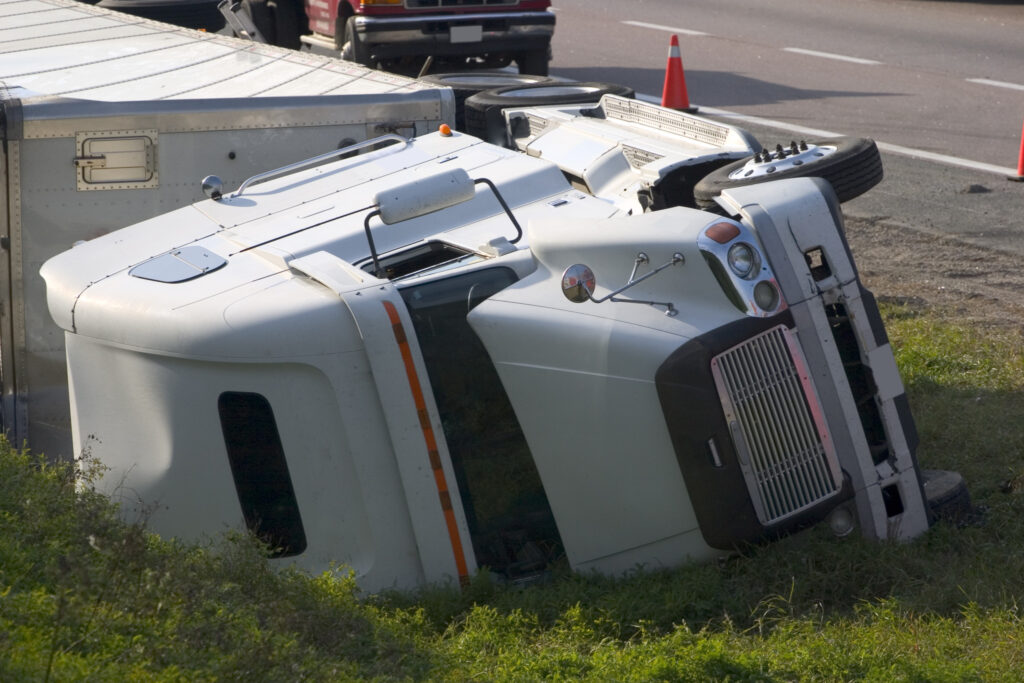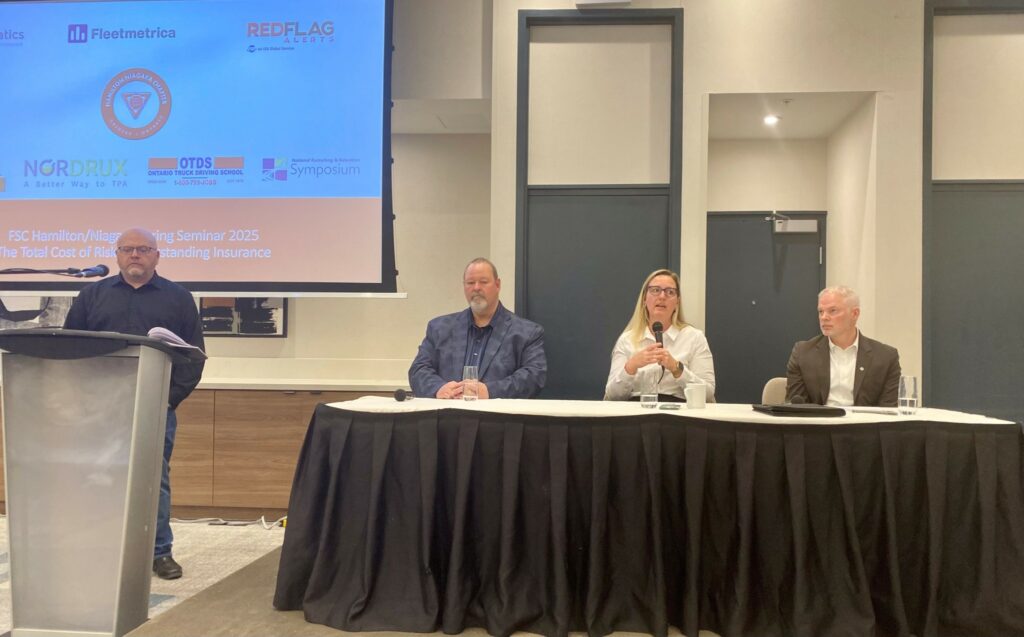How do you prepare for a catastrophic crash involving one of your trucks? Run a mock drill focusing on such a situation in the U.S.
Better yet, do it at 2 a.m., on a Saturday, advised David Goruk, manager, Ontario and Atlantic risk services, T&L at Northbridge Insurance.
Carriers must have a written plan – a documented process – for these events, along with who will take the call, and providing a back-up and tertiary person in place.

There must be clear responsibility on who will talk to the driver, added Jacqueline Caceres, vice-president, operations at Brownstone Insurance Managers, during the Fleet Safety Council’s Hamilton/Niagara spring seminar focused on the total cost of risk and understanding insurance, in Burlington, Ont. Running fire drills and collecting data help prepare for a real situation, she added.
If you are a carrier whose trucks are crossing the U.S. border, a $5-million insurance policy is the bare minimum per vehicle, experts said.
“You are rolling the dice crossing the border,” said Scott Cober, national practice leader, transportation at BFL Canada. The amount of insurance needed may be a moving target depending on the states traveled through.
Caceres noted that the threat of nuclear verdicts – court awards or settlements exceeding US$10 million – are sometimes used to drive up rates.
How much insurance is enough?
Determining how much insurance you need depends on a carrier’s appetite for risk. You can never have enough insurance, Caceres noted. “There is no one answer, do an assessment and see what is affordable. There is no one-size-fits-all solution.”
Cober advised customers to purchase higher insurance while the opportunity exists. This can be reduced later depending on the situation.
Goruk said sometimes it makes sense to avoid paying a higher rate by avoiding a high-risk area. Also, one-off or infrequent loads to a high-risk area may not be worth the insurance costs and the fallout if an incident occurs.

Planning and preparing should be the mantra for loss prevention. Cober said carriers should show what the have done year over year to improve safety, thus driving down rates.
Goruk said this should not involve a lot of work if documentation of drivers, training, maintenance and safety initiatives are properly updated and maintained. “You should have it ready to go if the MTO walks through the door,” he said.
Documentation is king when it comes to resolving or paying out a claim. The driver and back-office staff may have moved to another company. Caceres said it is important to document every conversation, because it will help the insurance process.
Telematics
Telematics also play an important role and carriers have no excuse to ignore risky behavior from drivers. Cober said that companies must pay attention to the data and trends their telematics reveal.
He urged carriers to be mindful of the data available in the truck. You must be aware of where the data is going and understand that plaintiff lawyers will use it against you.
“What are you doing with the data, what procedures are you following? It’s better if you didn’t have it. Because if you have it and you didn’t use it, you are dead meat,” Caceres warned.
Goruk said on the claims side, the No. 1 telematics tool in play is the forward-facing dash cam. Electronic logging devices and geo-fencing are also scrutinized.
He added that it’s time to stop complaining and to step up to fill the gaps where drivers did not receive adequate training from driving schools. They may have been taught to pass the ministry test, but insurers and carriers can bridge the knowledge gap for real-world driving through orientation and additional training.